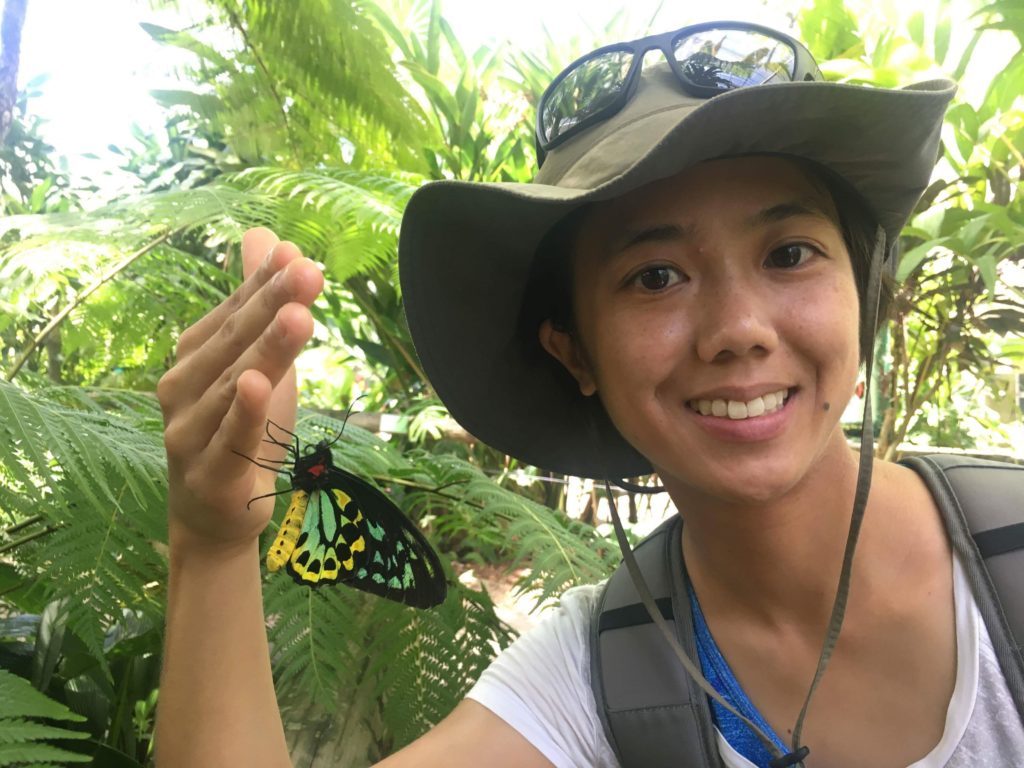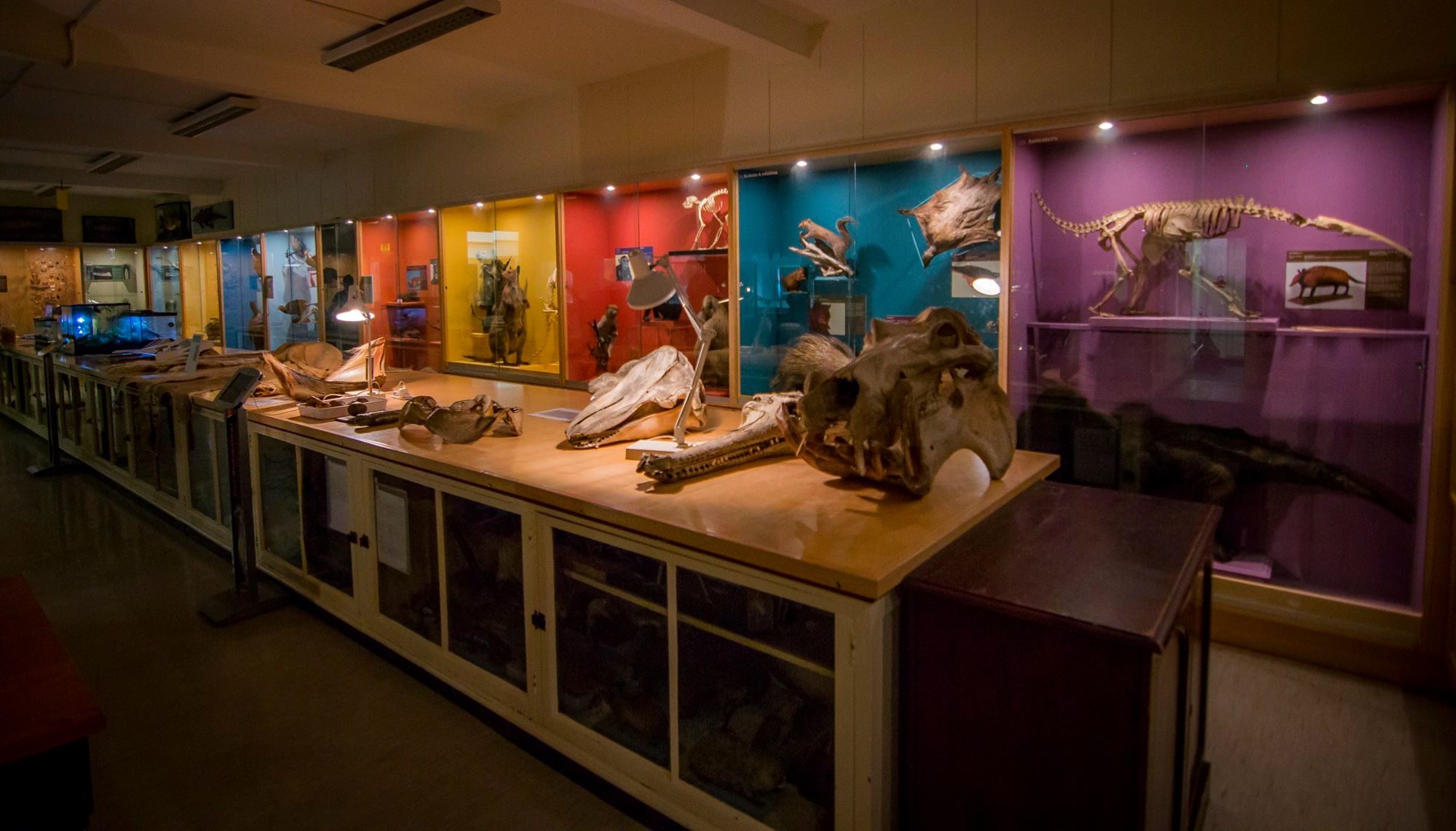- The socio-economic theory of animal abundance - 01/04/2021
- Home and Away: Australian expats - 13/12/2019
- Home and Away: Monotreme mistakes - 22/11/2019
Natural history museum collections are invaluable snapshots of history. Research collections are snapshots of the animals and plants collected in history. Research collections are also a reflection of the people and attitudes at the time it was curated. There is a well-represented collection of native Australian animals in the Zoology Museum at Trinity College Dublin. Well-represented in many sense of the word. This is a story about the red land down under, Australia, and the collection of Australian animals held in overseas museums around the world. It is a story in parts. This is the third and final part.
Australian expats
The pride of the Zoology Museum is Ireland’s last Great Auk (Pinguinus impennis). As the Great Auk exemplifies, all you need to have a lecture room named after you is to be extinct. But this isn’t a story about extinct Irish birds.

There is a bird in the Museum labelled as a night parrot (Strigops habroptilus). As I’ve described in a previous story, the vernacular name for this specimen is kakapo (literally night parrot in Maori), an endemic New Zealand bird. Kakapos are great. They deserve a blog post to themselves, but this isn’t a story about New Zealand birds.
This is a story about extinct Australian animals. To any Australian who has been keeping up to date with recent natural history news, the name night parrot would ring a bell. The Australian night parrot (Pezoporus occidentalis) is an elusive species. Small, nocturnal and preferring the protection of the spiky xerophile Triodia (also known as spinifex), night parrots are well adapted to their remote arid habitat. It has been fondly described as a “fat budgie” to me.
Night parrots are considered the holy grail of the bird world. There were no confirmed observations of night parrots for most of the 20th Century. People thought they were extinct. Many searched for them. Occasionally, a dead one would turn up. Then in 2013, a confirmed photograph of a night parrot was released. Since then, more populations have been identified. The story of the rediscovery of the night parrot is a good one. Marred by controversy and secrecy, it is a good yarn. But it is not this yarn.

How does one study such an elusive species, or an extinct one? That’s where museum collections come in. For the night parrot, we can measure the physical properties of stuffed (study skins) night parrots sitting in museum drawers, like size, colour reflectance and plumage depth. We can use that information to take we know about a regular budgerigar, make it fatter, and estimate the energy, food and water requirements it needs to survive in the Australian Outback[efn_note] Kearney, M. R., W. P. Porter, and S. A. Murphy. 2016. An estimate of the water budget for the endangered night parrot of Australia under recent and future climates. Climate Change Responses 3:14.[/efn_note]. For other species, we can extract their genetic information from preserved animals sitting in jars and use that to understand their biology and evolutionary history. That’s what happened with a >108 year old thylacine (Thylacinus cynocephalus) pouch young, sitting in ethanol in a jar[efn_note]Feigin, C. Y., A. H. Newton, L. Doronina, J. Schmitz, C. A. Hipsley, K. J. Mitchell, G. Gower, B. Llamas, J. Soubrier, T. N. Heider, B. R. Menzies, A. Cooper, R. J. O’Neill, and A. J. Pask. 2018. Genome of the Tasmanian tiger provides insights into the evolution and demography of an extinct marsupial carnivore. Nature Ecology & Evolution 2:182-192.[/efn_note].
Thylacines are held in collections in museums around the world. According to the International Thylacine Specimen Database, there are 116 thylacine specimens held in museums and universities across 23 countries. We have one of them in the Zoology museum; a taxidermied thylacine (“mounted” in museum-speak). It serves as a teaching moment of the negligence of humans for nature[efn_note]The last thylacine, “Benjamin” died on 7th September 1936 from exposure (left out overnight) in Hobart Zoo. The 7th September is marked as National Threatened Species Day in Australia as a reminder.[/efn_note].
It’s logical to think that the experts studying an animal or that the largest collections are located where that animal is endemic. But having repositories of endemic animals held in overseas (namely European) institutions is more common than you’d think. In fact, Australia does not have the greatest number of thylacine specimens, despite thylacines being Australian. The UK and Germany have more thylacine specimens than Australia. A similar story is repeated in entomology. Overall, this trend is a relict of the colonial history of most of the “new world” as European naturalists came and went, bringing their treasures back to Europe.
Then, isn’t it our nationalist imperative to make Australian museums the leading institutions for native Australian animals in this day and age? They already are for many groups. But the truth is, Australian museums are stretched as they are. And I’m sure the same is true for many museums around the world. A lack of space, staff and money means that if iconic specimens like thylacines are properly curated in well-resourced institutions overseas, it would be better to leave them there than to repatriate them. It costs money to curate and maintain a collection. Often the people deciding how money is allocated are not curators and have different priorities to the curators themselves. We need taxonomists and more of them. The fundamental point is: support museums and invest in research collections.

Both the night parrot and the thylacine expose a dark side to natural history and museum collections. When the night parrot was re-discovered, the location was kept a closely-guarded secret. Several re-discovered populations later, the exact locations still are. The concern was that poachers would try to steal the parrots for fame or money before scientists could assess the population. As location-based mapping technology, like GPS, gets better, withholding exact locations of sensitive or vulnerable species in the name of conservation is not new, nor is poaching/over-collecting newly discovered species[efn_note]An Australian example of this happening are the gastric brooding frogs (Rheobatrachus spp). Noted for rearing their young in their stomach, they were described in 1973 and declared extinct by 1981. Causes of decline are attributed to habitat degradation, inappropriate management, invasive species, disease & over-collecting[/efn_note]. The same story occurs for rare & endangered orchids and other valuable plants. It can be frustrating but is ethically justified.
Like all extinct animals, night parrot and thylacine specimens are precious. There are a limited number of them, and they are (near) impossible to replace. Museums keep their specimens under lock and key and their locations a secret. One does not simply walk in to a museum and ask to see all their most valuable specimens out the back. If you are allowed the privilege of viewing a specimen in collection, the heighted security of irreplaceable specimens also extends to photographs of them. That’s right. Don’t have location tracking turned-on if you take a photo or scrub the metadata of any information that would give away its location, least would-be thieves find out. Curators take their responsibilities very seriously.
Their constant vigilance is justified. Thefts from museums are not unheard of. Typically, thefts occur for items with high resale value on the black market. In 2013, thieves broke into Dublin’s Natural History Museum and stole rhino horns. It’s the sort of story that curators never want to experience and quickly want to forget. So, the next time you visit a natural history museum that has extinct animals, take a moment to consider the multifaceted value of natural history collections and appreciate the collection.

Dr Jacinta Kong is a teaching and research fellow in the Department of Zoology at Trinity College Dublin who still has nightmares of doing fieldwork amongst fields of Triodia. She thinks that the Bin Chicken was robbed of the title of Australian Bird of the Year 2017.

